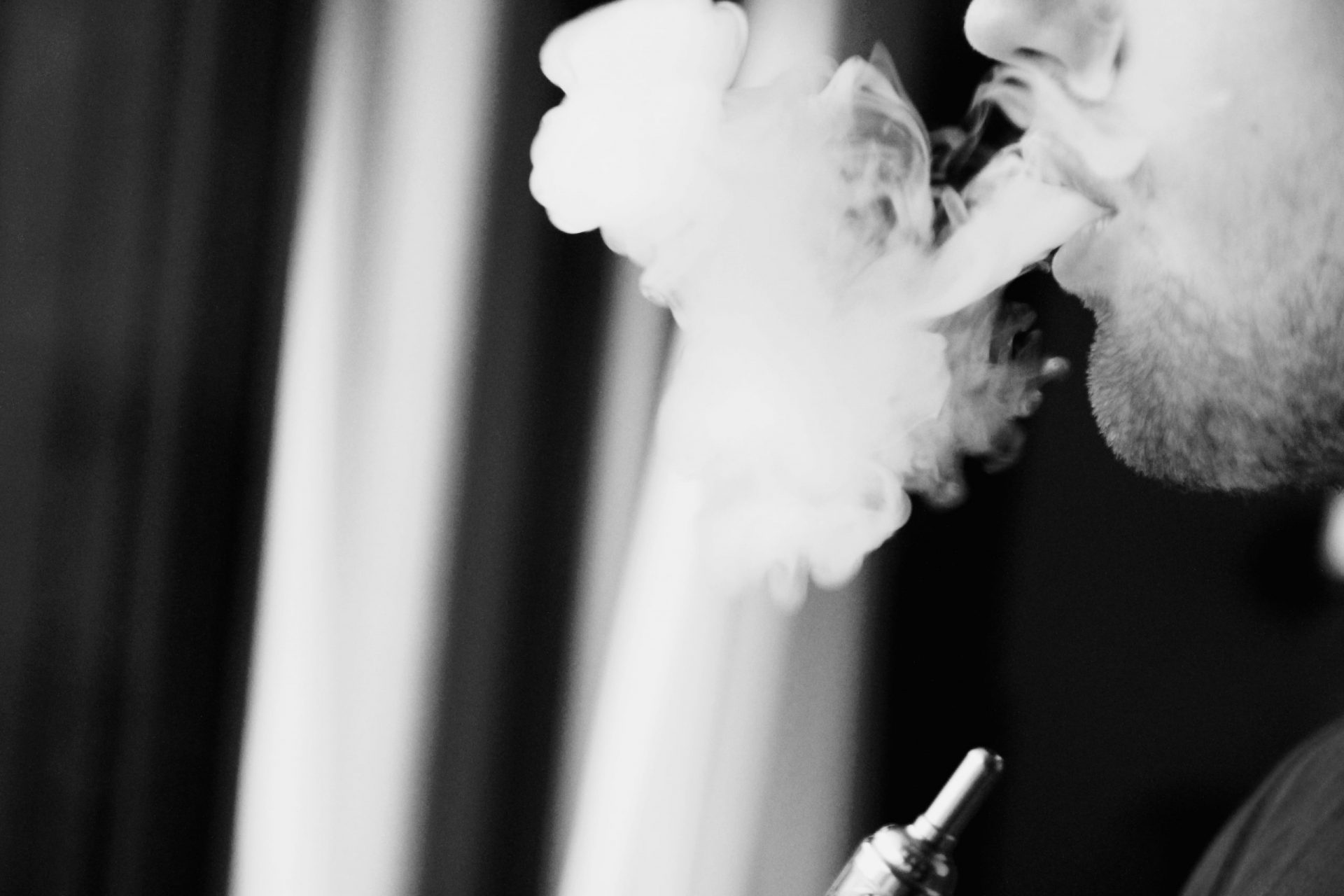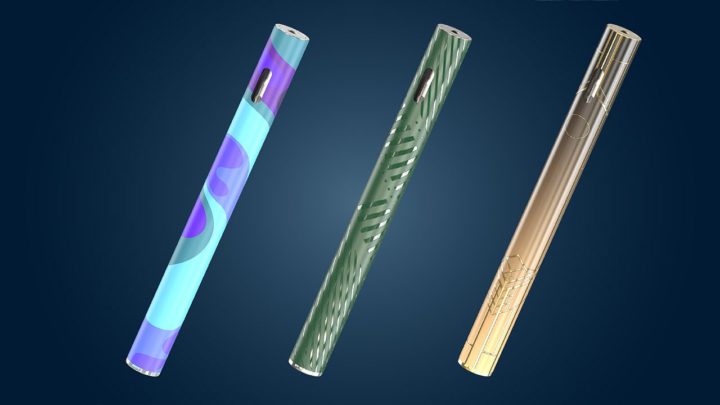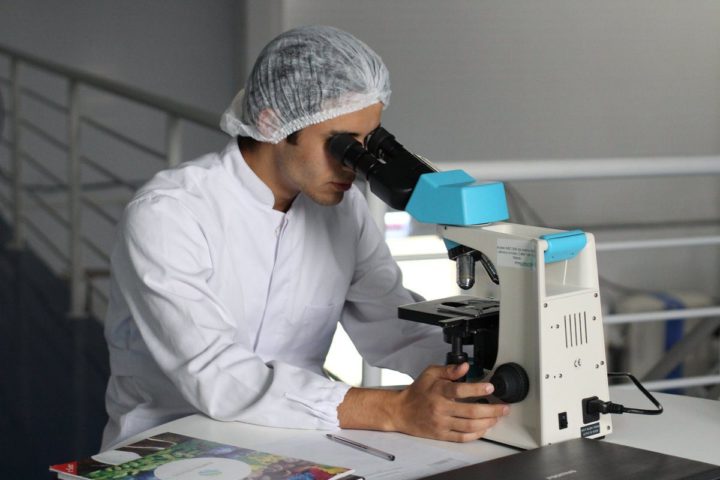Posted by Dave Kaplan
2 years ago / February 15, 2022
Why Lower Quality Vaping Products Can Leach Toxic Substances With Improper Use

The so-called “mystery vaping illness” of 2019, later formally termed E-cigarette & Vaping Use-Associated Lung Injury or EVALI, brought the issue of under regulation within the vaping industry to the attention of government agencies. The main risk factor for EVALI was the presence of vitamin E acetate in some e-liquids and is commonly characterized by respiratory symptoms like chest pain or shortness of breath.
In a December 2019 study on the illness, researchers found this synthetic form of vitamin E in the lung fluid of 98 percent of EVALI patients sampled in sixteen US states. Regulators quickly banned the substance from e-liquid formulations, and EVALI has since plummeted to statistically insignificant incidence rates.
As it turned out, the main drivers for EVALI were lacklustre industry standards and the circulation of unregulated black-market products— both of which were addressable via the implementation of safety and manufacturing regulations on vape companies by government agencies. This has led to a significantly improved selection of products within the industry, in terms of build quality and safety features.
As in any industry, safety is a shared responsibility between product manufacturers and consumers. To ensure a safe vaping experience on the user end, consumers should take care to purchase quality hardware from brands that prioritize operability and safe materials. In this post, we go over key factors behind how and why lower quality vaping hardware and components can leach toxic substances, especially with improper use.
Regulated vs. Unregulated Vaping Devices

Whether in the use of conventional e-liquids or the wide array of cannabis products like live resin, THC distillate or CBD hash, it’s worth noting important differences between two main product categories within the vape industry. Most devices are what are known as “regulated” devices, with built-in safety features that control the atomizer or cap maximum temperatures per voltage step. A good example of a reliable regulated device is Greentank’s UL 8139-certified all-in-one disposable M1 vaporizer, which features a built-in positive temperature coefficient (PTC) mechanism designed to prevent overheating and damage.
In the event of unintentional activation or microchip failure, the PTC is designed to automatically cut the supply of power from the battery at critical temperatures. It then resets independently once the device has returned to a safe and operational state for normal usage. Greentank’s M1 vaporizer not only complies with UL’s high safety and manufacturing standards but backs its quality user experience with additional protection via the PTC system as well.
Regulated devices typically come with proprietary attachments (e.g., cartridges, pods, batteries) designed to function with their components. They also typically switch between two or three voltage and temperature presets.
On the other hand, so-called “unregulated” vape devices are cartridge or tank systems that grant almost complete control over voltage and temperature to the end user within a specified range. These come with one or multiple standardized threading attachments, so users can mix and match their components. Unregulated devices are generally understood to be for more advanced vapers with a solid grasp of ohm’s law and coil setups but are frequently purchased by curious dabblers or recommended to less experienced vapers by friends.
Improper operation or assembly of unregulated vaporizers can result in overheating, chip failure or misfires, any of which can result in hardware degradation, component damage and leaching with continued use. For this reason, most discerning vapers prefer to stay away from unregulated devices altogether, opting for reliable, tested devices from companies that prioritize user experience and safety.
The Role of Build Quality & Materials in Metals Leaching
Well-made vaporizers account for the safe temperature thresholds of common approved device manufacturing materials, beyond which there is risk for degradation or even dissolving in trace amounts. Chromium, for instance, becomes unsafe for vaping beyond 270°C; nickel can leach when heated above 255°C and copper is even more prone to instability if pushed past 235°C. In an unregulated assembly by inexperienced hands, an inopportune mix of components can lead to a case of EVALI or worse.
The use of regulated devices made with quality materials is essential in mitigating the risks associated with leaching. Safety features like temperature caps, PTC mechanisms and automatic resistance ramping aside, users can also be assured of a quality assembly of complementary components.
The Need For Comprehensive Standards Regulation in The Vape Industry

It’s worth noting that even more vigilance and enforcement will be needed from regulatory authorities in the coming years. Like any other market from luxury apparel to smart electronics, as the vaping industry grows in size, so too does the black market of imitation products. Clamping down on counterfeiters and resellers of defective devices will likely further reduce negative consumer reports associated with vaping by a significant margin.
The global e-cigarette and personal vaporizers market have matured into a multi-billion-dollar industry in recent years. Active enforcement of build, material and safety standards within this space may make for more expensive devices but pays dividends in consumer safety and the stamping out of vaping-related illnesses. Most importantly, it will serve to affirm the role of vaping as a safer alternative to tobacco and cannabis combustibles.
Filed Under:
Tagged with:
Interested in our products?
Contact us to find out how you can carry the most reliable vape hardware solutions on the market.
General Requests
Logistics
